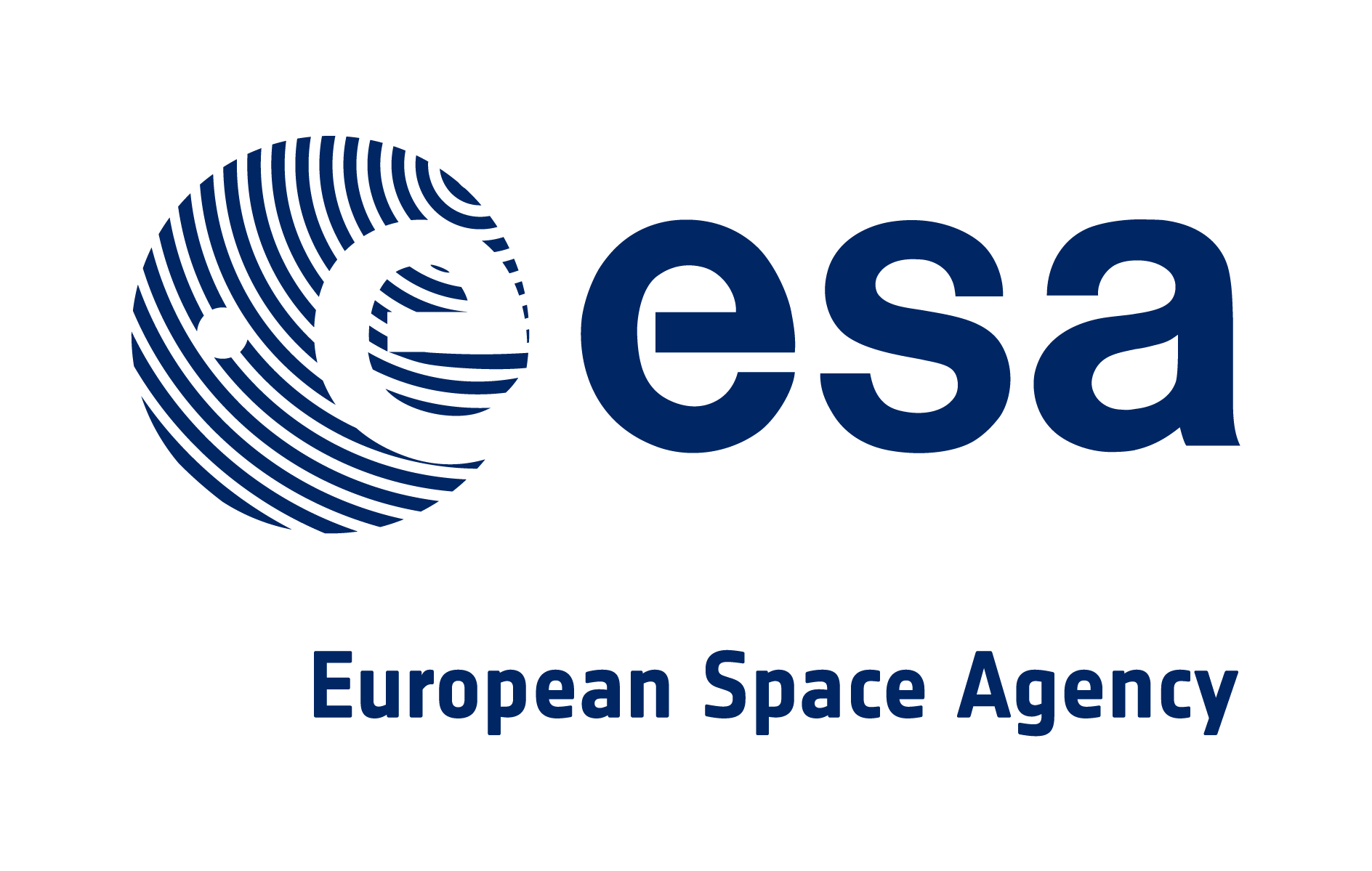Detecting algal blooms in aquaculture requires a comprehensive understanding of their underlying causes. Common triggers include nutrient enrichment and changes in water temperature. By analyzing historical and in situ data, fish farmers can identify patterns and factors contributing to bloom formation - and acquiring this information is reliant on specialist, but increasingly accessible, technologies including sensors and satellite imagery.
Monitoring specific parameters is crucial for early detection of algal blooms. Chlorophyll levels, water temperature, dissolved oxygen levels, turbidity, and nutrient concentrations can all be indicators of a problem. Modern sensors collect this information and it's possible to set alerts based on specific thresholds - so farmers are made aware immediately when levels reach a dangerous point.
In addition, earth observation data using satellites to track the growth and movement of blooms can be combined with this in situ sensor data to provide a more complete overview of conditions - and where threats may appear. Made available on one platform, this information can then be visualised for continuous monitoring remotely.
New technologies, from sensors to satellite imagery, are only as effective as the insights they provide. Data has to be collected, transmitted and - critically - integrated in a way that makes it meaningful to farmers. Central to this is the need for that data to be moved quickly so it's relevant - and that means using a communications system that works in even the most remote, hard-to-reach locations no matter what.
A hybrid solution, such as Krucial Connected Seafarm, offers a whole suite of capabilities to make algal bloom detection possible. Combining sensor data, including chlorophyll levels, with satellite imagery makes visualising the threat easier than ever. This solution allows fish farmers to remotely and continuously access in situ environmental data from their sites, and is already being used by Mowi. By receiving text alerts indicating potential bloom events, farmers can take prompt action, saving time, money, and unnecessary offshore trips. Utilising a combination of cellular and satellite technology maximises uptime and ensures alerts are received even in extremely remote areas or during severe weather events.












